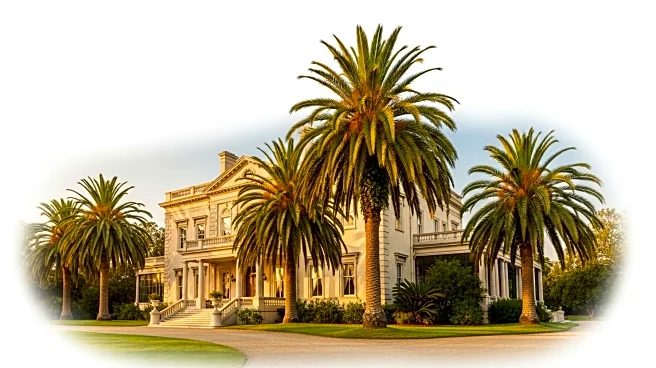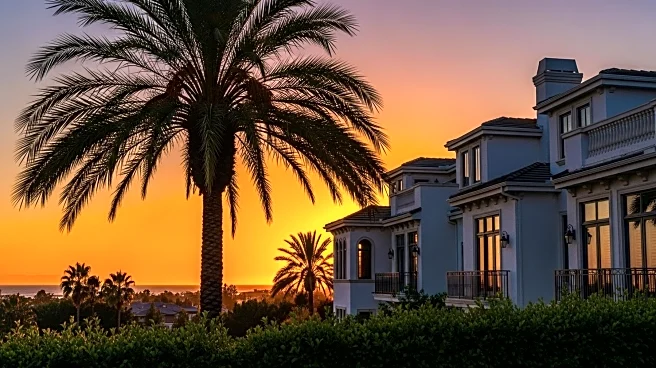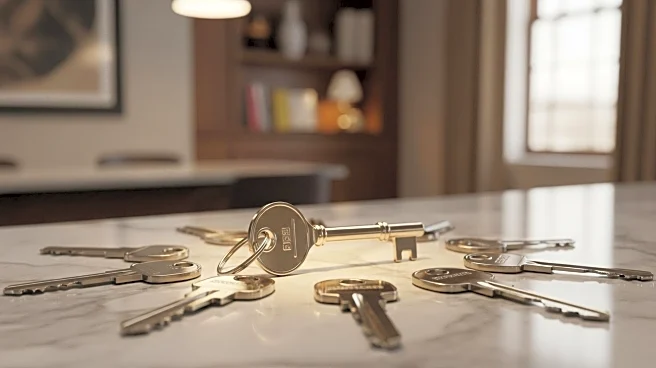What's Happening?
Winifred 'Winnie' Johnson Marquart, an heir to the SC Johnson fortune, has purchased a landmarked house known as Villa Banyan in Palm Beach for $30 million. The transaction was conducted through Southern Mark LLC, a Delaware-registered limited liability company. The seller, Deborah A. Robinson, is the widow of Edward J. Robinson, a retired businessman who had acquired the property in the late 1990s for $3.3 million. The Mediterranean-style residence, built in 1924, features 9,634 square feet of living space, including a living room, formal dining room, library, and kitchen with a breakfast room. The property also includes a swimming pool and a guest bedroom above a three-car garage. Robinson expressed bittersweet feelings about selling the house, which she cherished for 27 years.
Why It's Important?
The acquisition of Villa Banyan by a member of the SC Johnson family highlights the ongoing interest and investment in luxury real estate in Palm Beach, a region known for its affluent residents and historical properties. This transaction underscores the significant financial capabilities of heirs to major business fortunes, such as the Johnson family, whose wealth is rooted in the SC Johnson company, a major player in the cleaning products industry. The purchase also reflects the continued appeal of Palm Beach as a desirable location for high-net-worth individuals seeking prestigious homes with historical significance.
What's Next?
Following the acquisition, the Marquarts have listed their current Palm Beach residence for sale at $16.95 million. This move may indicate a shift in their residential preferences or a strategic investment decision. The sale of Villa Banyan could also prompt further interest in Palm Beach's luxury real estate market, potentially influencing property values and attracting more affluent buyers to the area.
Beyond the Headlines
The purchase of Villa Banyan by Winnie Marquart, who is involved in philanthropic activities through the Johnson Family Foundation, may have implications for local community engagement and charitable initiatives. Additionally, the historical significance of the property, originally built in 1924 and landmarked in 1982, adds cultural value to the transaction, preserving architectural heritage in Palm Beach.










